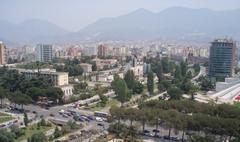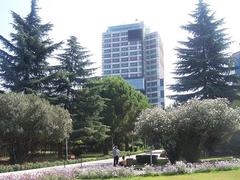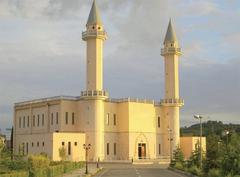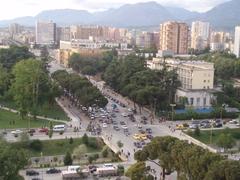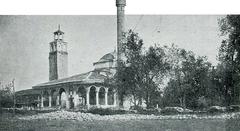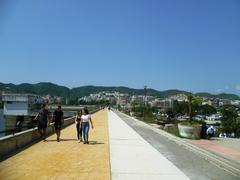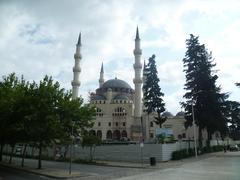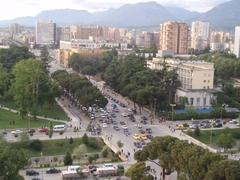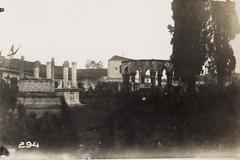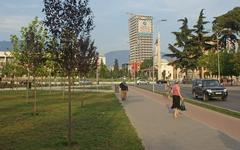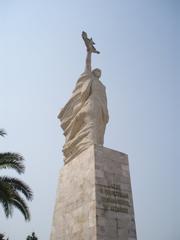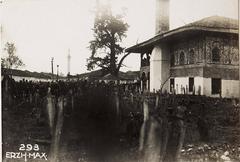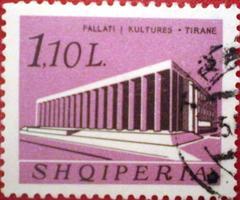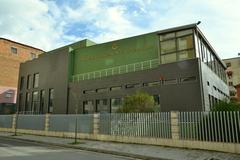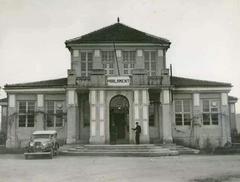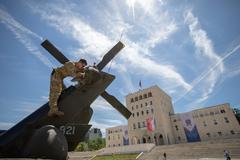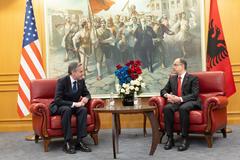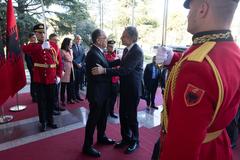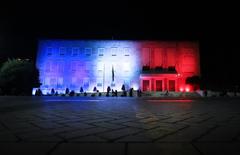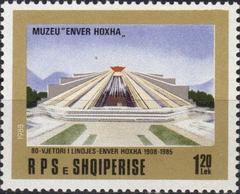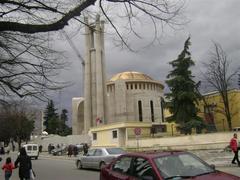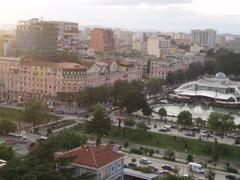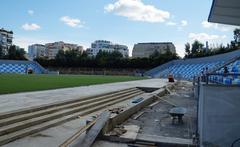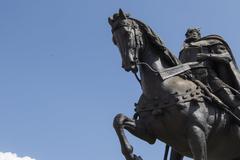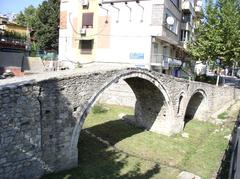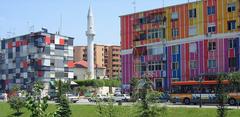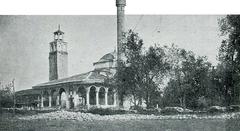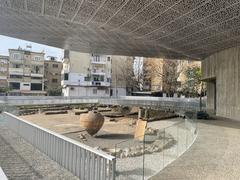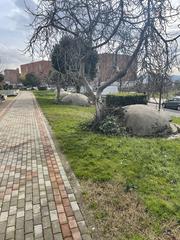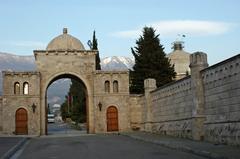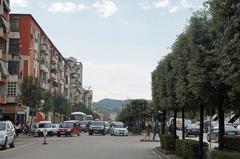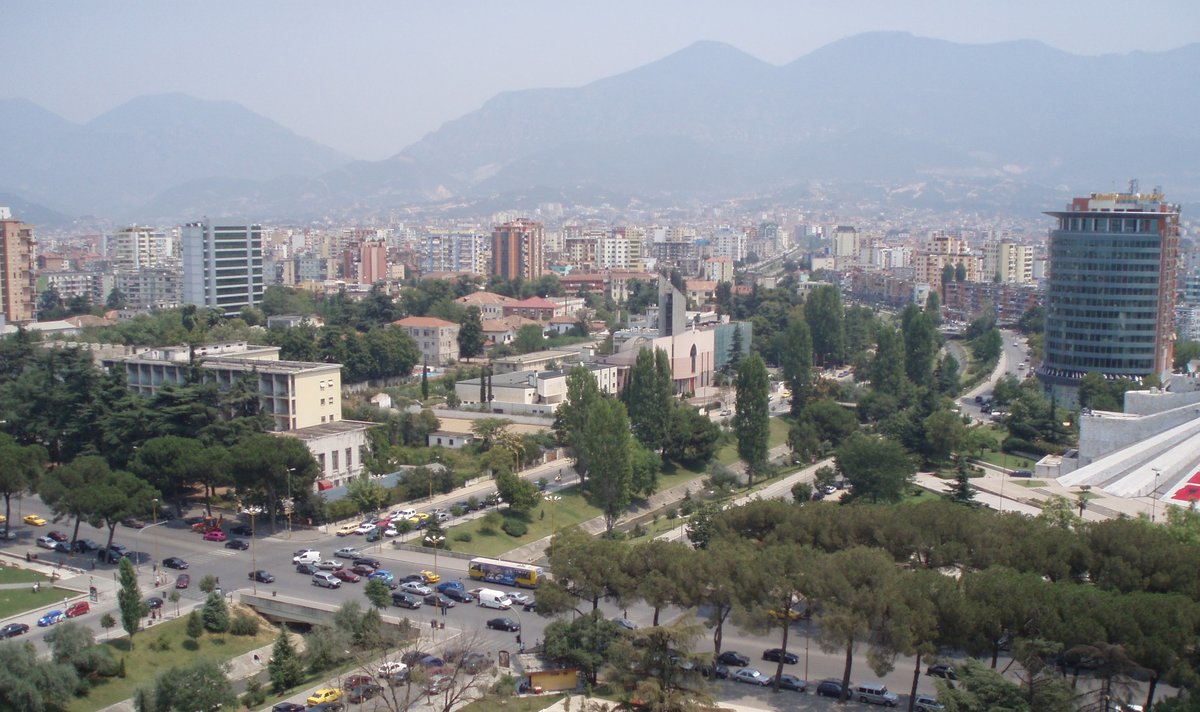
St Paul’s Archcathedral Tirana, Albania: Visiting Hours, Tickets, and Complete Guide
Date: 14/06/2025
Introduction
St Paul’s Archcathedral in Tirana, Albania, is a modern architectural masterpiece and a powerful symbol of the country’s religious revival and cultural transformation. Located centrally on Bulevardi Zhan d’Arc, it stands as a beacon of religious tolerance and interfaith harmony, reflecting Albania’s journey from a communist-era atheist state to a society that embraces and celebrates diverse spiritual traditions. This guide provides a comprehensive overview of the cathedral’s history, architectural features, religious significance, visiting hours, practical visitor information, and tips to enhance your experience.
For in-depth reference, see Visit Tirana, Tierient, and The Catholic Travel Guide.
Contents
- Introduction
- Historical Background
- Architectural Highlights
- Religious and Cultural Significance
- Visitor Information
- Visiting Hours
- Tickets and Admission
- Accessibility
- Mass Times and Services
- Dress Code and Etiquette
- Guided Tours and Interpretation
- Nearby Attractions
- Visitor Experience and Tips
- Frequently Asked Questions (FAQ)
- Conclusion
- References
Historical Background
Origins and Post-Communist Revival
St Paul’s Archcathedral was constructed in 2001 and consecrated in 2002, representing a significant milestone in Albania’s post-communist era. Following decades of religious repression under Enver Hoxha’s regime—which declared Albania the world’s first atheist state in 1967—religious buildings were destroyed or repurposed, and public worship was banned. The fall of communism in the early 1990s saw a national religious revival, culminating in the construction of this modern cathedral as a symbol of regained spiritual freedom (Visit Tirana).
The cathedral honors St Paul, believed to have evangelized the region in the 1st century AD, forging a link between Albania’s early Christian roots and its contemporary Catholic community. The cornerstone was laid by Pope John Paul II in 1993, underscoring the Vatican’s support for Albania’s religious renewal (The Catholic Travel Guide).
Architectural Highlights
St Paul’s Archcathedral is a striking example of postmodern ecclesiastical architecture. Its triangular façade symbolizes the Holy Trinity, while the extensive use of glass represents openness and transparency. The structure’s geometric lines and minimalist style distinguish it from Tirana’s traditional religious buildings (Tierient).
Notable features include:
- Statue of St Paul: Positioned above the main entrance, signifying the cathedral’s dedication.
- Statue of Mother Teresa: At the entrance, celebrating Albania’s most famous Catholic figure.
- Stained Glass Windows: Depicting Mother Teresa and Pope John Paul II, these windows cast vibrant colors into the interior and highlight Albania’s global religious ties.
- Memorial Cross: Inside, a cross made from photographs commemorates Albanian priests persecuted under communism.
- Minimalist Interior: The open, well-lit nave and modern furnishings create a peaceful atmosphere for worship and reflection.
Religious and Cultural Significance
As the seat of the Roman Catholic Archdiocese of Tiranë-Durrës, St Paul’s Archcathedral is a focal point for Tirana’s Catholic community. The dedication to St Paul connects local Catholics with the earliest Christian missions in the Balkans. The presence of Mother Teresa and Pope John Paul II in the cathedral’s iconography reflects Albania’s global Catholic connections and the Vatican’s role in the nation’s spiritual rebirth (Visit Tirana; The Catholic Travel Guide).
The cathedral also serves as a venue for interfaith dialogue and civic events, embodying Albania’s reputation for religious harmony among Muslim, Orthodox, and Catholic communities. Major religious holidays such as Easter and Christmas are celebrated with special Masses and events, drawing large crowds and fostering community spirit.
Visitor Information
Visiting Hours
- General Hours: Open daily from 7:00 AM to 7:00 PM. Hours may vary on religious holidays or during special events (AroundUs).
- Mass Times: English-language Mass is held Sundays at 9:00 AM. Additional Mass times are posted at the entrance and on the cathedral’s official channels.
Tickets and Admission
- Entrance Fee: Admission is free; no tickets are required. Donations are welcome to support the cathedral’s upkeep (Tierient).
Accessibility
- Wheelchair Access: The cathedral is fully accessible, with ramps, wide entrances, and accessible restrooms.
- Facilities: Restrooms and seating areas are available. Staff can assist visitors with special needs.
Dress Code and Etiquette
- Dress modestly (covering shoulders and knees recommended).
- Maintain silence and respect during services.
- Photography is allowed, but avoid flash and do not take pictures during Mass or religious ceremonies.
Guided Tours and Interpretation
Guided tours are available via local tour operators or upon request at the cathedral. Tours provide insights into the cathedral’s history, architecture, and symbolic features. Multilingual brochures and informational plaques are available for independent visitors. Audio guides may also be offered during peak tourist seasons (The Catholic Travel Guide).
Nearby Attractions
St Paul’s Archcathedral’s central location makes it easy to combine with other major sites in Tirana:
- Et’hem Bey Mosque: A historic Ottoman-era mosque.
- Orthodox Cathedral of the Resurrection of Christ: The largest Orthodox church in Albania.
- Skanderbeg Square: The city’s main plaza, surrounded by museums and cultural landmarks.
- National History Museum: A short walk away, offering insights into Albania’s past.
Visitor Experience and Tips
- Best Time to Visit: Early mornings or late afternoons for a peaceful visit and optimal lighting.
- Duration: 30–45 minutes is sufficient for most visitors; art and architecture enthusiasts may wish to stay longer.
- Family-Friendly: The spacious interior accommodates families, groups, and school visits.
- Nearby Amenities: Cafés, restaurants, and souvenir shops are close by.
- Safety: The area is safe and the cathedral is well maintained.
Frequently Asked Questions (FAQ)
Q: What are the visiting hours of St Paul’s Archcathedral?
A: Daily from 7:00 AM to 7:00 PM; hours may vary on holidays.
Q: Is there an entrance fee or tickets required?
A: No; entry is free. Donations are appreciated.
Q: Are guided tours available?
A: Yes, through local providers or by arrangement at the cathedral.
Q: Is the cathedral accessible for visitors with disabilities?
A: Yes, ramps and accessible restrooms are available.
Q: Can I attend Mass or religious services?
A: Yes; visitors are welcome at Mass. English-language service is held Sunday at 9:00 AM.
Q: Is photography allowed?
A: Yes, but please be discreet and avoid photography during services.
Conclusion
St Paul’s Archcathedral stands as a testament to Albania’s resilience, religious harmony, and architectural innovation. Whether you are interested in history, art, or spirituality, the cathedral offers a welcoming and enriching experience at the heart of Tirana. Plan your visit to explore this remarkable site, and consider combining it with nearby attractions for a deeper understanding of Albania’s cultural diversity.
For up-to-date information, guided tour options, and travel tips, download the Audiala app and follow official channels. Enhance your visit with high-quality images and virtual tours available on tourism and cathedral websites.
References
- Visit Tirana: St Paul’s Archcathedral and Religious Tolerance
- Tierient – St Paul’s Cathedral Tirana
- The Catholic Travel Guide – St Paul’s Cathedral Tirana
- AroundUs – St Paul’s Archcathedral
- Wikipedia – St Paul’s Cathedral, Tirana
- Anoushka Probyn – Tirana Travel Guide
- In Your Pocket – St Paul’s Cathedral
- Matias Travel – Things to do in Tirana
- The Crazy Tourist – Best Things to Do in Tirana
- The Orange Backpack – Best Things to Do in Tirana
- Tirana Municipality – Religious Harmony
- The Endless Travellers – Is Tirana Worth Visiting?
- Trip.com – Saint Paul Cathedral
For visuals and further details, visit the Wikimedia Commons gallery and the Official Archdiocese Website.
